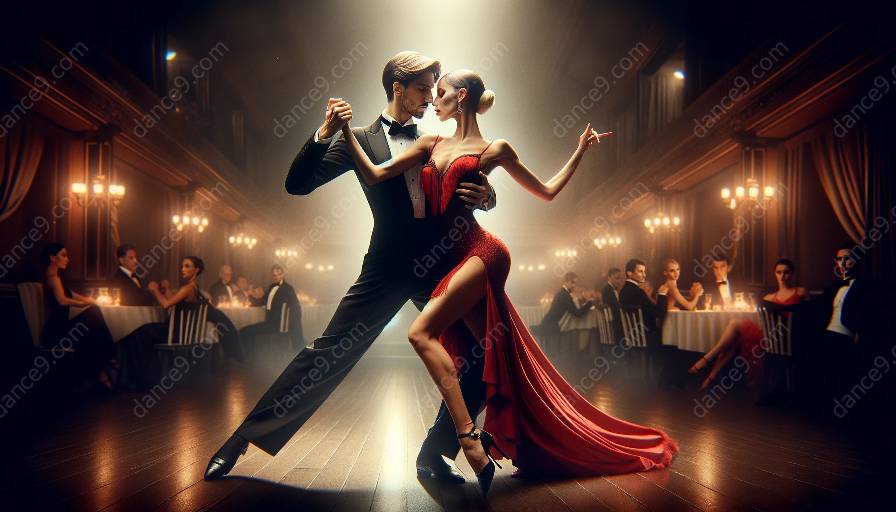Tango dance has a rich history that has evolved over time, influenced by various cultural and social changes. From its origins to contemporary trends, tango has become a widely recognized and admired dance form, shaping modern dance classes and captivating audiences around the world.
The Origins of Tango
The origins of tango can be traced back to the late 19th century in the working-class neighborhoods of Buenos Aires, Argentina. It emerged as a fusion of African, European, and indigenous influences, reflecting the diversity of the local population. Tango music and dance were initially associated with the lower classes and were often performed in seedy dance halls and cafes.
Over time, tango began to gain popularity beyond Argentina, particularly in Europe and the United States, where it was embraced by the upper classes and refined into a more elegant and sophisticated style.
Evolution of Tango Dance
The evolution of tango dance can be attributed to several key factors, including cultural exchange, migration, and the influence of other dance forms. As tango spread internationally, it underwent a series of transformations, adapting to the tastes and preferences of diverse audiences.
In the mid-20th century, tango experienced a revival in Argentina, with a renewed interest in preserving its traditional roots while also incorporating modern elements. This period saw the emergence of iconic tango dancers and choreographers who introduced innovative techniques and styles, shaping the evolution of tango dance as we know it today.
Contemporary Trends in Tango Dance
Today, tango dance continues to evolve, reflecting the dynamic and ever-changing nature of contemporary society. Contemporary trends in tango are characterized by a fusion of traditional and modern elements, as well as a growing emphasis on creativity, individual expression, and gender equality.
In contemporary tango, dancers are exploring new movements, musical interpretations, and choreographic approaches, pushing the boundaries of traditional tango while preserving its fundamental essence. The influence of technology and social media has also facilitated the global exchange of tango practices, connecting dancers and enthusiasts from diverse cultural backgrounds.
Impact on Modern Dance Classes
The evolution of tango dance has left a lasting impact on modern dance classes, inspiring instructors and students to incorporate elements of tango into their repertoire. Tango-based dance classes offer a unique opportunity for individuals to explore the sensuality, passion, and intricate footwork characteristic of tango, regardless of their prior dance experience.
Additionally, the cultural significance and historical depth of tango provide a rich learning experience for students, promoting cross-cultural understanding and appreciation for diverse dance traditions. Tango's influence on modern dance classes extends beyond technical skills, nurturing creativity, musicality, and interpersonal connection among participants.













































































